Search
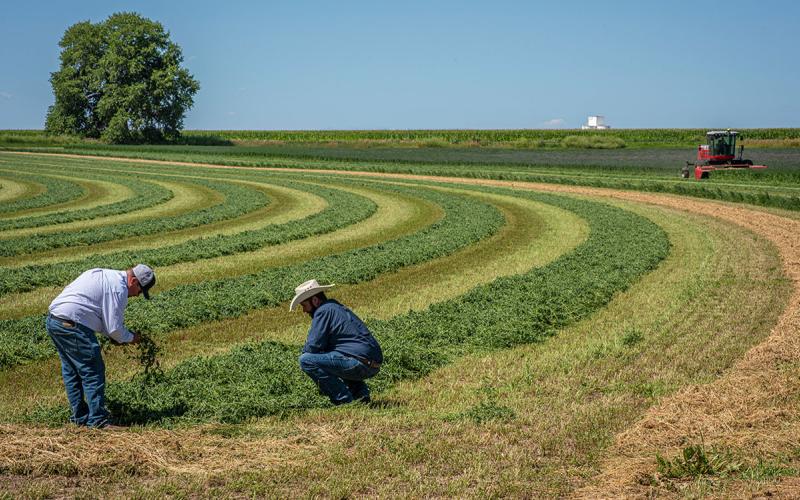
Alfalfa Harvest Timing and Objectives
Guessing when to make that first cutting can be difficult, as using plant maturity or calendar dates alone can be quite risky. Get the most out of your first cutting with some expert tips that consider the timing and objectives of alfalfa harvest.
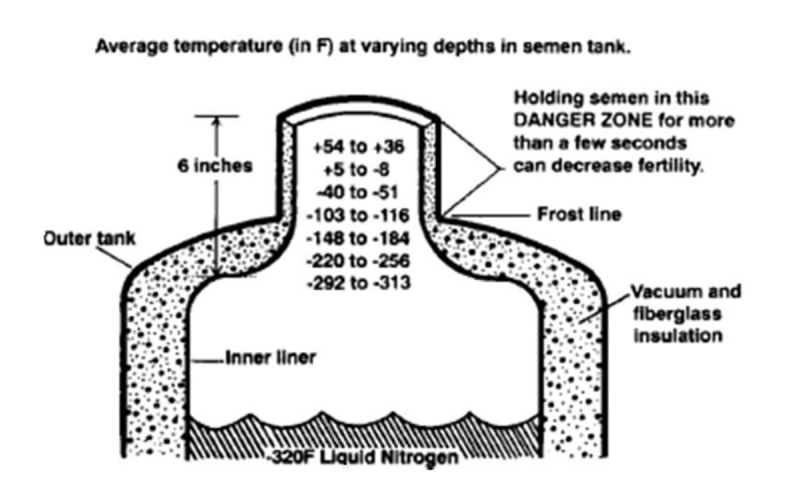
Proper Semen Handling Techniques
Proper semen handling is crucial for the overall reproductive success of an operation utilizing artificial insemination. Learn some expert tips for equipment selection, product storage and semen handling.
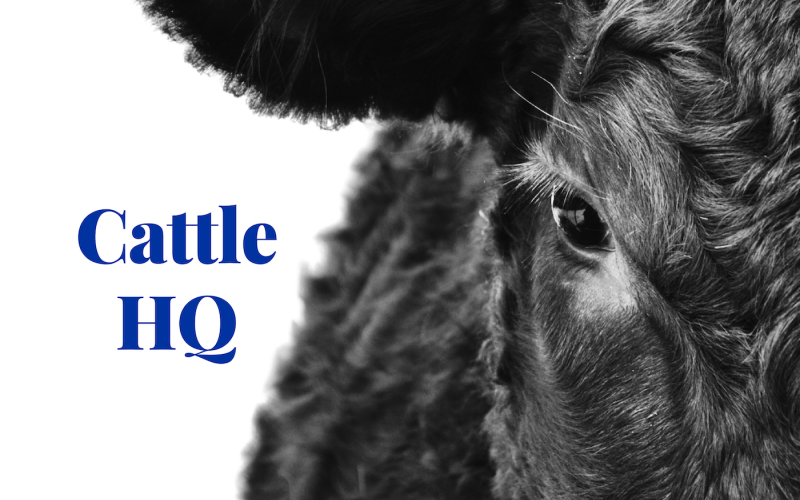
Sale Barn Data
On today’s episode, SDSU Extension Cow/Calf Field Specialists Adele Harty and Olivia Amundson discuss current research looking at factors affecting value of calves sold through South Dakota sale barns.

Phosphorus and Tile Drainage (Part 2 of 4)
In this week’s episode of Streamlines, Dr. John McMaine and Anthony Bly continue their discussion on phosphorous.
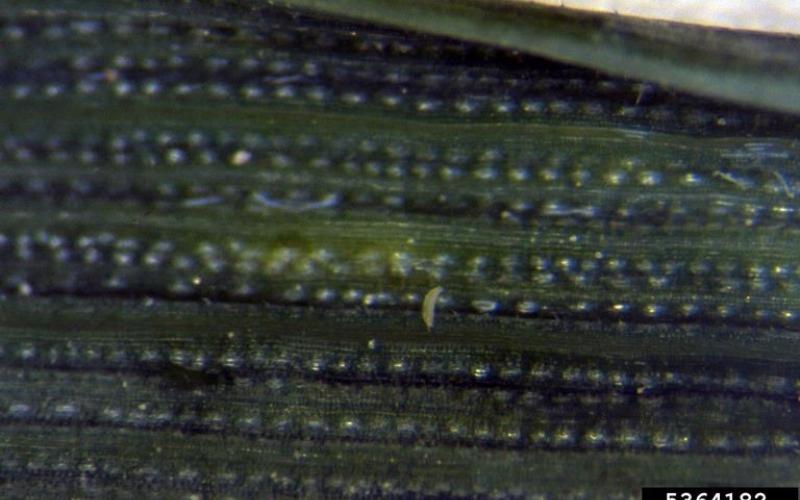
Managing Wheat Curl Mite
Wheat curl mite is one of the more difficult pests to manage in wheat. This is in part due to the limited options available for preventing populations from infesting a field and rapidly reproducing.
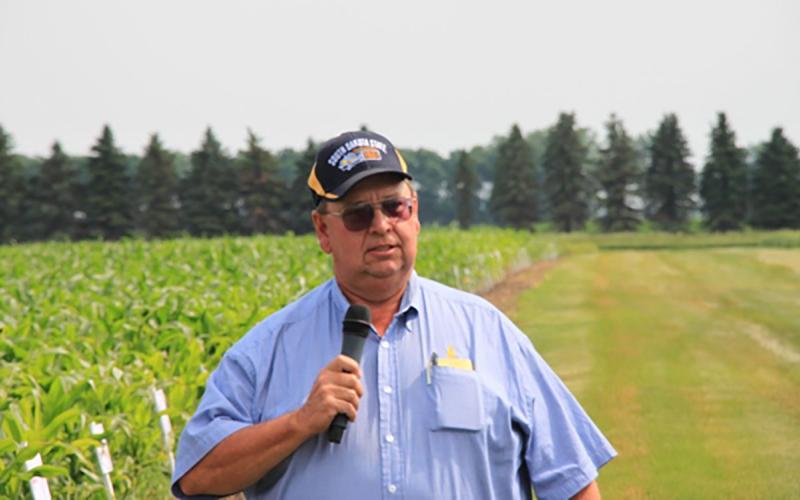
Paul O. Johnson Retires After Dedicated Career in SDSU Extension
June 08, 2022
Paul O. Johnson, SDSU Extension Weed Science Coordinator and Northeast Research Farm Coordinator, is retiring after a dedicated 33-year career supporting the people of South Dakota in his role at SDSU Extension.

SDSU Extension Provides Drought Management Resources
June 08, 2022
The U.S. Drought Monitor continues to classify parts of South Dakota in some level of drought. SDSU Extension has a variety of tools and resources to assist producers with drought decision making.

South Dakota Teams Perform Well at National Land, Range & Homesite Judging Contest
June 08, 2022
After two years of cancellations, a record attendance of more than 1,000 FFA and 4-H members competed in the National Land, Range, and Homesite Judging contest according to the Oklahoma Association of Conservation Districts, the contest’s main sponsor.
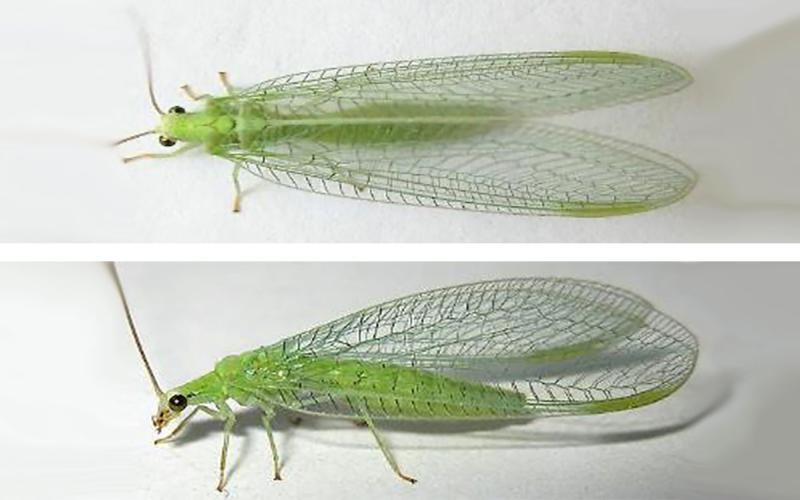
Green Lacewings: Beneficial Predators for Both Small and Large-Scale Landscapes
Many insect species are beneficial to landscapes, and some are even reared in large quantities to be released as biological control agents. In this article, we will focus on one of those insects, the green lacewing.
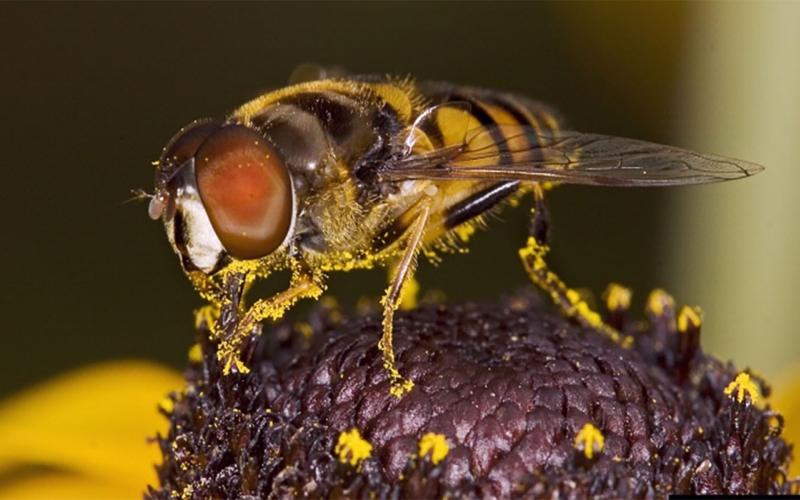
It’s a Bee! It’s a Wasp! No, It’s a Hover Fly!
Many types of insects are responsible for some degree of pollination in landscapes. In this article, we will focus on the syrphid fly as both an important pollinator and a beneficial insect predator.